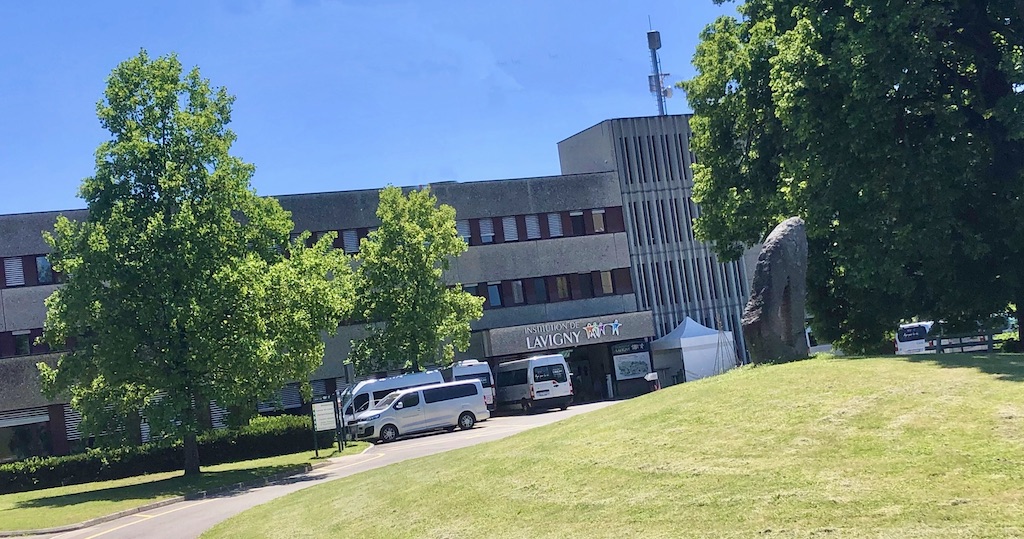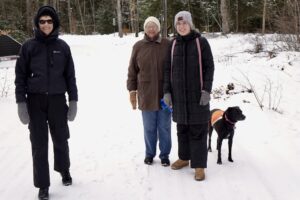 Remember when our mothers used to throw us out of the house commanding, “Go out and play!”: we spent the day climbing trees, making mud pies and inventing games.” Well, they were right all along. We grew strong, healthy and resilient.
Remember when our mothers used to throw us out of the house commanding, “Go out and play!”: we spent the day climbing trees, making mud pies and inventing games.” Well, they were right all along. We grew strong, healthy and resilient.
Scientific research shows that you need to get back outside. Walking in nature may benefit not only your heart and lungs, but also your brain.
Studies back what humans once knew knew instinctively. Norman Doidge, MD, notes in his fascinating bestseller, The Brain that Changes Itself, that nature and staying active help the brain stave off dementia, ward off depression and heal from injury.
Physical exercise and learning work in complementary ways: the first to make new stem cells, the second to prolong their survival.
 Not only does physical activity create new neurons, but exercise also strengthens the heart and blood vessels that supply oxygen to the brain helping you feel mentally alert.
Not only does physical activity create new neurons, but exercise also strengthens the heart and blood vessels that supply oxygen to the brain helping you feel mentally alert.
Humans were not designed to live in a world of cement, artificial screens and sounds.
“This artificiality is draining our brains and damaging our health,” nature writer Professor David Gessner explains, “some scientists would say technology is slowly ruining our lives.
One US study by Harvard and Stanford researchers shows how workplace related stress can significantly reduce life expectancy. The link between low stress and longevity is well established.
The Swiss, the second most active people in Europe after the Swedish, have one of world’s longest life expectancy. Forty-four percent of Swiss exercise several times a week and 92% are motivated to move by getting in contact with nature.
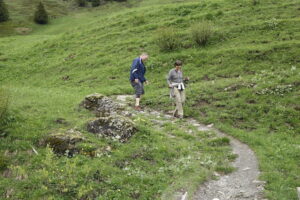 Not everyone, like the Swiss, enjoy the privilege of living in a mountainous and lake regions. Nor can everyone be located on coastal sea areas.
Not everyone, like the Swiss, enjoy the privilege of living in a mountainous and lake regions. Nor can everyone be located on coastal sea areas.
But even the American Midwest offers accessibility to nature. Minnesota - land of 10,000 lakes - offers miles of paved trails. Minneapolis-St Paul is known as one of the nations best metropolitan areas for biking/hiking. Escape to Wisconsin lives up to it’s motto as being a great get away for its lakes and forests.
The Chicago Park District owns more than 8,800 acres of green space, making it the largest municipal park manager in the nation.
Anyone living in the Cleveland area should contact my brother, who could have 2nd career as tour guide. He can find you a beautiful walking, hiking and running areas within a 20 mile radius of the city and give you directions how to get there.
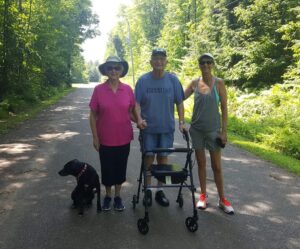 National and state parks and nature reserves abound across America. Even smaller communities boast of green space, like Sterling, Illinois where I grew up, which has 20 different parks, including a favorite Sinnissippi.
National and state parks and nature reserves abound across America. Even smaller communities boast of green space, like Sterling, Illinois where I grew up, which has 20 different parks, including a favorite Sinnissippi.
Unfortunately not all of us have the ability to walk. If that is no longer an option, ask your loved one to take you to a park where you can sit on a bench and benefit from listening to the wind in trees, watching the birds and feeling the sunshine on your face.
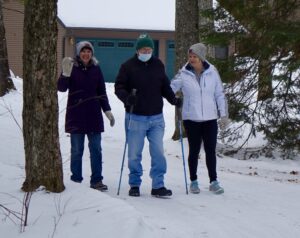 Those of us who can - must keep moving. My mom maintains her routine by taking steps for friends who no longer can. My dad keeps trudging along with his walker by setting daily goals to walk to the corner. And through diligent practice, I learned to regain balance, step forward without stumbling and swing my immobile left arm again after brain injury.
Those of us who can - must keep moving. My mom maintains her routine by taking steps for friends who no longer can. My dad keeps trudging along with his walker by setting daily goals to walk to the corner. And through diligent practice, I learned to regain balance, step forward without stumbling and swing my immobile left arm again after brain injury.
What’s holding you back? Get outside and shake that booty!
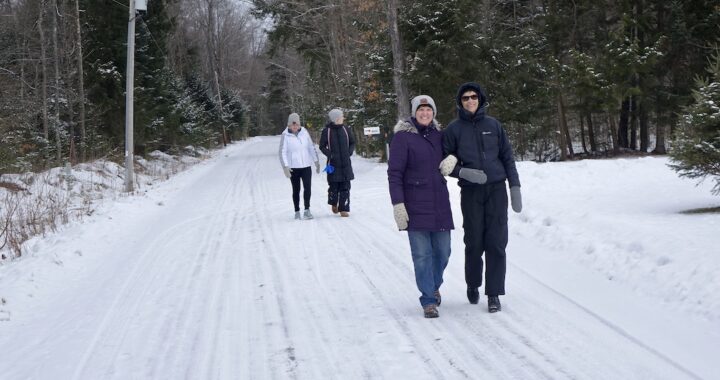
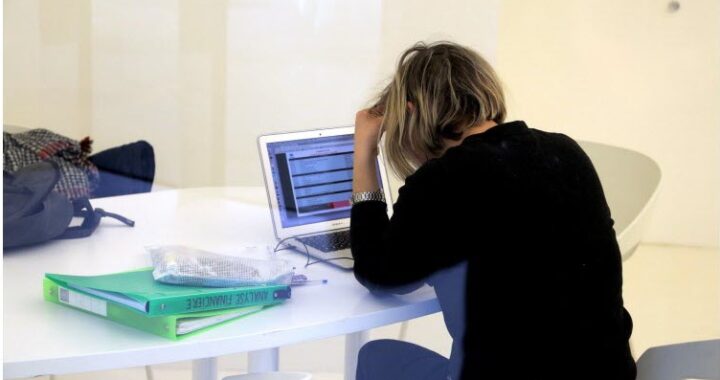
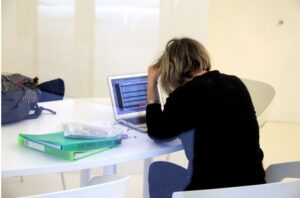 Most people may need counseling especially these days due to the Covid-19 outbreak. Including me. One-third of the people suffering from brain injuries, like mine, develop major depression. Depression may be precipitated by genetics, circumstances, illnesses or unforeseeable and uncontrollable events. For example, the current world pandemic affects our mental health in ways we could never have imagined.
Most people may need counseling especially these days due to the Covid-19 outbreak. Including me. One-third of the people suffering from brain injuries, like mine, develop major depression. Depression may be precipitated by genetics, circumstances, illnesses or unforeseeable and uncontrollable events. For example, the current world pandemic affects our mental health in ways we could never have imagined.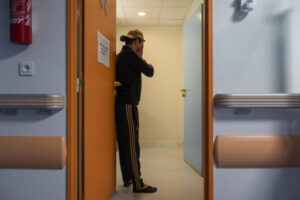
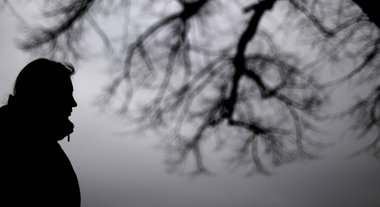
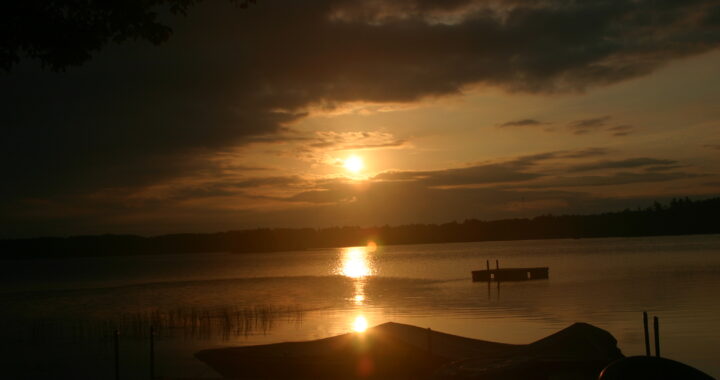
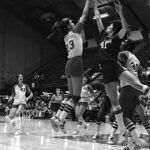 One moment I was living my dream as a professional basketball player in Europe, driving past my opponent with perfect body control releasing the ball so gently it kissed the backboard. The next instance, I was spinning weightlessly through air when our car flipped off a 100 foot embankment into France’s La Meuse River leaving me clawing against an icy current.
One moment I was living my dream as a professional basketball player in Europe, driving past my opponent with perfect body control releasing the ball so gently it kissed the backboard. The next instance, I was spinning weightlessly through air when our car flipped off a 100 foot embankment into France’s La Meuse River leaving me clawing against an icy current.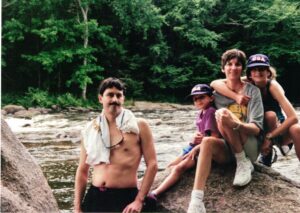
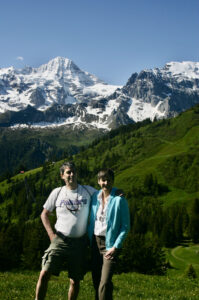
 I lived near the Eiffel Tower in Paris and at the foothills of the Alps on Lake Geneva. I stood on Mt. Blanc and the Acropolis in Athens. I rode horses on the beach in the Camargue and floated down the canals of Venice. I walked in the shadows of my forefathers at Scotland’s McKinzie Castle and along the Norwegian fjords of my Olson ancestors above the Arctic Circle.
I lived near the Eiffel Tower in Paris and at the foothills of the Alps on Lake Geneva. I stood on Mt. Blanc and the Acropolis in Athens. I rode horses on the beach in the Camargue and floated down the canals of Venice. I walked in the shadows of my forefathers at Scotland’s McKinzie Castle and along the Norwegian fjords of my Olson ancestors above the Arctic Circle.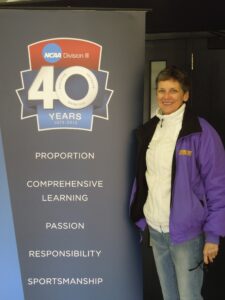 I wrote a book that led to an invitation to speak at the U.S. Senior National Games, an NCAA Final Four basketball banquet and commencement at the prestigious International School of Geneva, founder of international baccalaureate.
I wrote a book that led to an invitation to speak at the U.S. Senior National Games, an NCAA Final Four basketball banquet and commencement at the prestigious International School of Geneva, founder of international baccalaureate.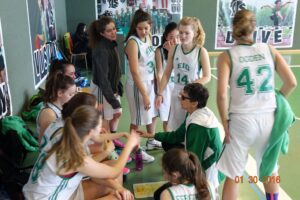 In the meantime, I keep fighting to go on, pulling up someone else, pushing another forward. After all my struggles, this much I know to be true. We are in the game together.
In the meantime, I keep fighting to go on, pulling up someone else, pushing another forward. After all my struggles, this much I know to be true. We are in the game together.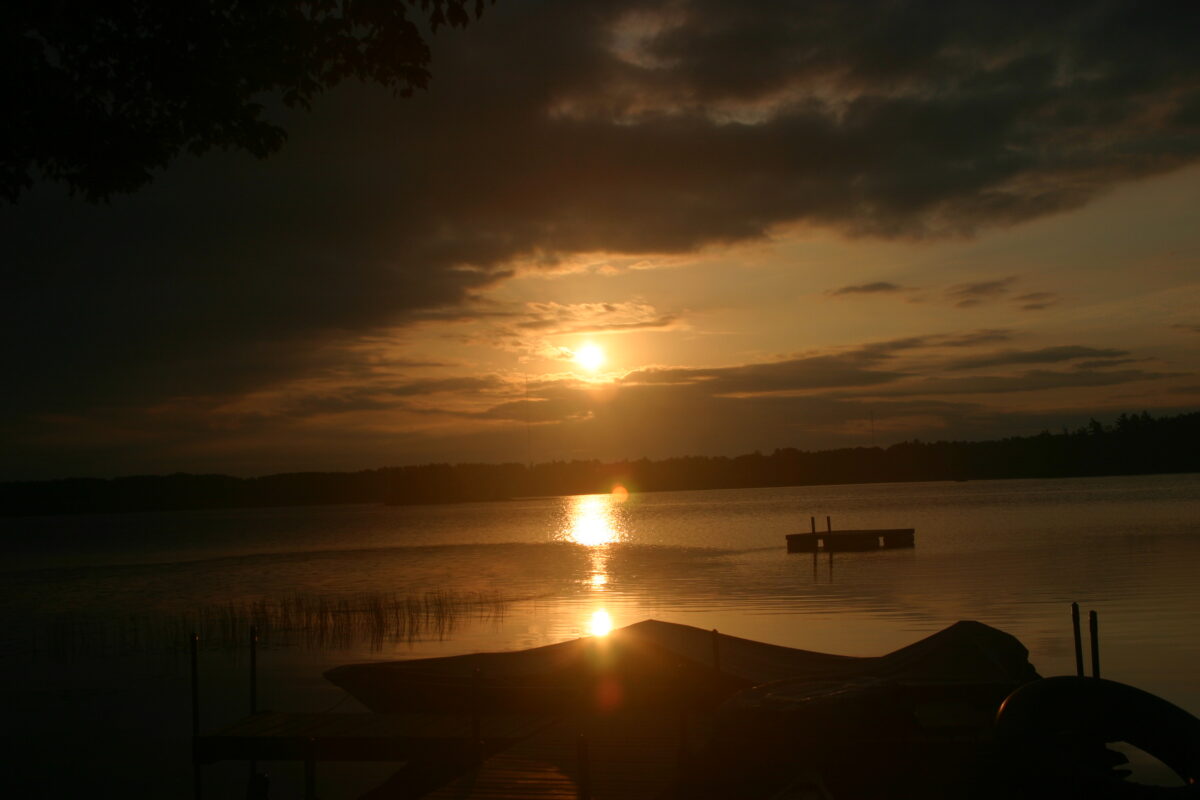
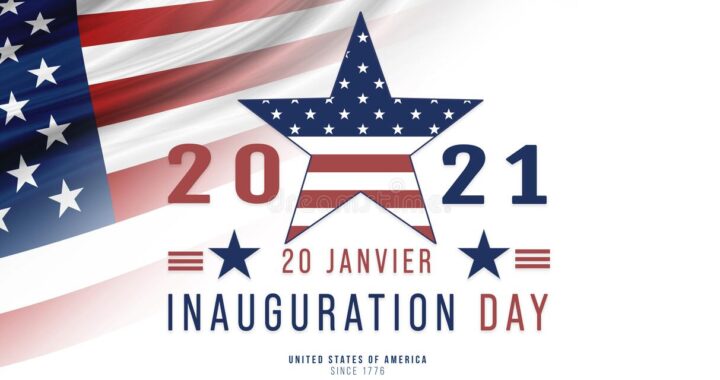
 Kamala Harris, lost the democratic nomination but won the ticket as Biden’s VP and broke the glass ceiling by becoming the 1st female vice president, 1st African-American and 1st Asian-AmericanVP. She inspired young girls everywhere to dream.
Kamala Harris, lost the democratic nomination but won the ticket as Biden’s VP and broke the glass ceiling by becoming the 1st female vice president, 1st African-American and 1st Asian-AmericanVP. She inspired young girls everywhere to dream.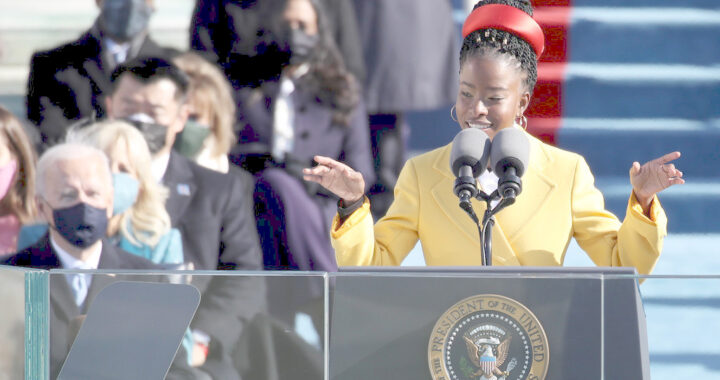
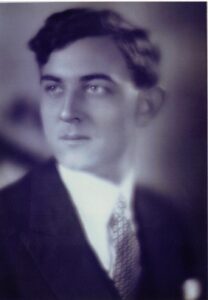 On a smaller scale, heroes exist within our own families. Like my maternal grandparents who came to America for a better life. When my Norwegian grandpa Gustav lost his job during the Great Depression, he walked to the Chicago Public Library everyday to read books because he always wanted to be educated but never had the opportunity.
On a smaller scale, heroes exist within our own families. Like my maternal grandparents who came to America for a better life. When my Norwegian grandpa Gustav lost his job during the Great Depression, he walked to the Chicago Public Library everyday to read books because he always wanted to be educated but never had the opportunity.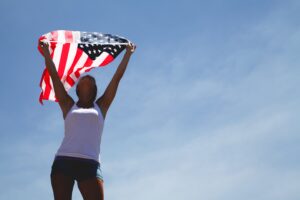
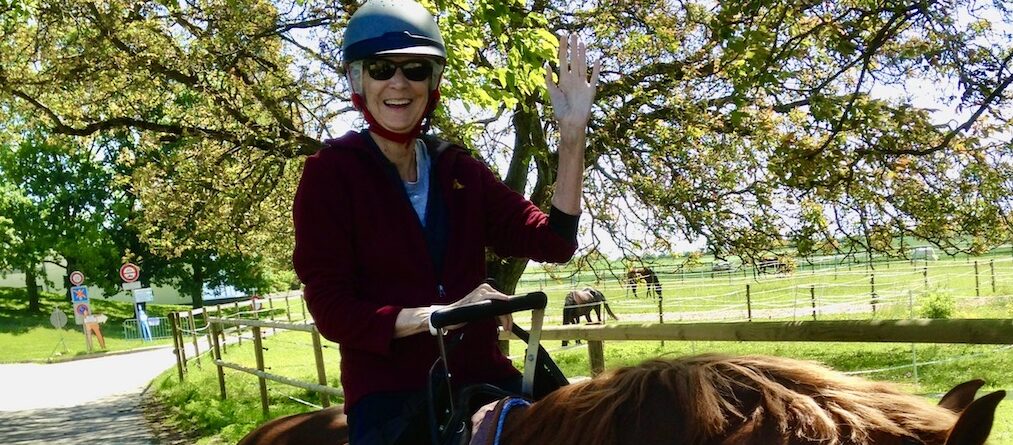
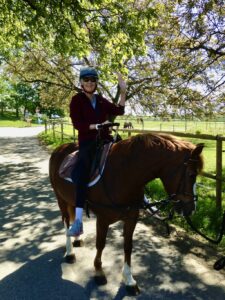 Just a few weeks after my brain trauma and surgery, my physical therapists in the rehab hospital, The Lavigny Institution, recommended a pony ride to help me heal. My entourage at home found that suggestion amusing as they pictured me on a pony with my long legs dragging the dirt.
Just a few weeks after my brain trauma and surgery, my physical therapists in the rehab hospital, The Lavigny Institution, recommended a pony ride to help me heal. My entourage at home found that suggestion amusing as they pictured me on a pony with my long legs dragging the dirt.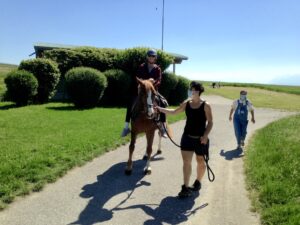 My physical therapists were so enthusiastic they could get me to agree to anything, but on the day I was scheduled for pony therapy I had second thoughts. Was I crazy? I hadn’t ridden a horse in over 50 years. But there was no way I could fall off. To mount the pony, which I was surprised to see had grown overnight to the size of a horse, I walked up a ramp and they brought the horse to a stand beside me.
My physical therapists were so enthusiastic they could get me to agree to anything, but on the day I was scheduled for pony therapy I had second thoughts. Was I crazy? I hadn’t ridden a horse in over 50 years. But there was no way I could fall off. To mount the pony, which I was surprised to see had grown overnight to the size of a horse, I walked up a ramp and they brought the horse to a stand beside me.
